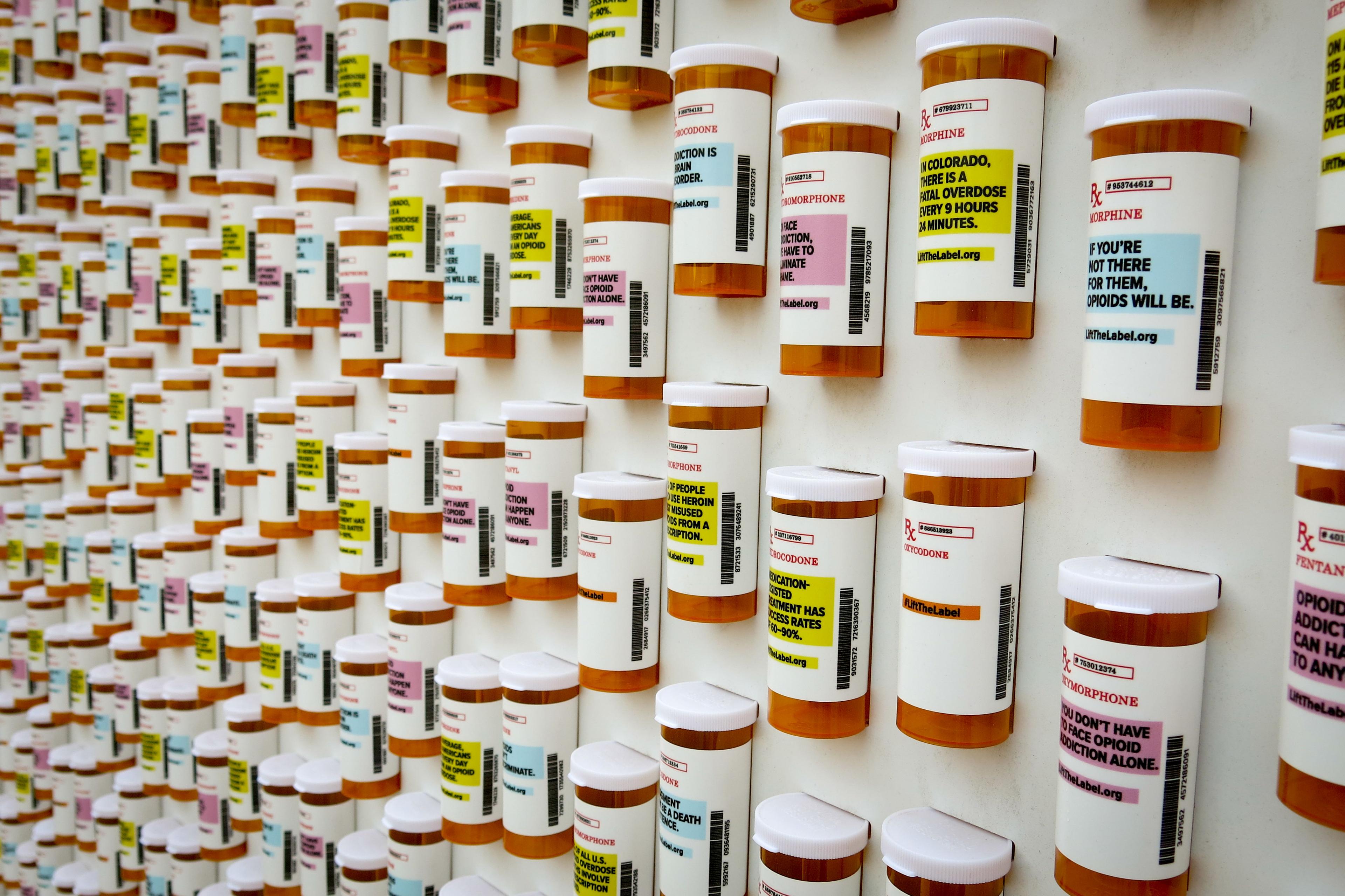

A new survey finds the risks of using prescription opioids may be sinking in with young Coloradans.
The group Rise Above Colorado surveyed 600 people ages 12 to 17 statewide. Rise Above asked them about their attitudes on substances including alcohol, marijuana and meth.
One key finding: Young people are now seeing prescription drugs as significantly more risky than they used to. Kent MacLennan, the group's executive director, said teens better understand opioids can be as addictive as illegal drugs.
"That's an important realization, they now realize it's more addictive; it's just as addictive as street drugs,” MacLennan said. “I think those are really positive changes in attitudes that we think will help continue to push down use over time."
Last year, 65 percent of teens polled saw great risk in using opioids, prescription pain relievers, even once or twice. That was up 17 points from 2016. Drug abuse expert Robert Valuck said he thinks young people are getting more information about risks from educators, doctors and news coverage.
"Kids, to their credit, really are paying attention, and really are listening and are smarter than everyone gives them credit for," said Valuck, who directs the Colorado Consortium for Prescription Drug Abuse Prevention.
But the new data provides fresh concerns as well. Alcohol is the most commonly used substance by Colorado young people, followed by marijuana. Teens are less likely to think of either substance as risky, MacLennan said.
"If perception of risk is going down, that can lead to future increase in use," MacLennan said.
Another area of rapidly emerging concern: vaping. While many teens underestimate the potential health risk, the survey found those who vape are twice as likely to drink alcohol, five times as likely to use pot and 10 times as likely to misuse prescription drugs.
Colorado’s teen vaping rate is among the highest in the nation. The Centers for Disease Control and Prevention said last year that more 25 percent of Colorado’s high schoolers used e-cigarettes.








